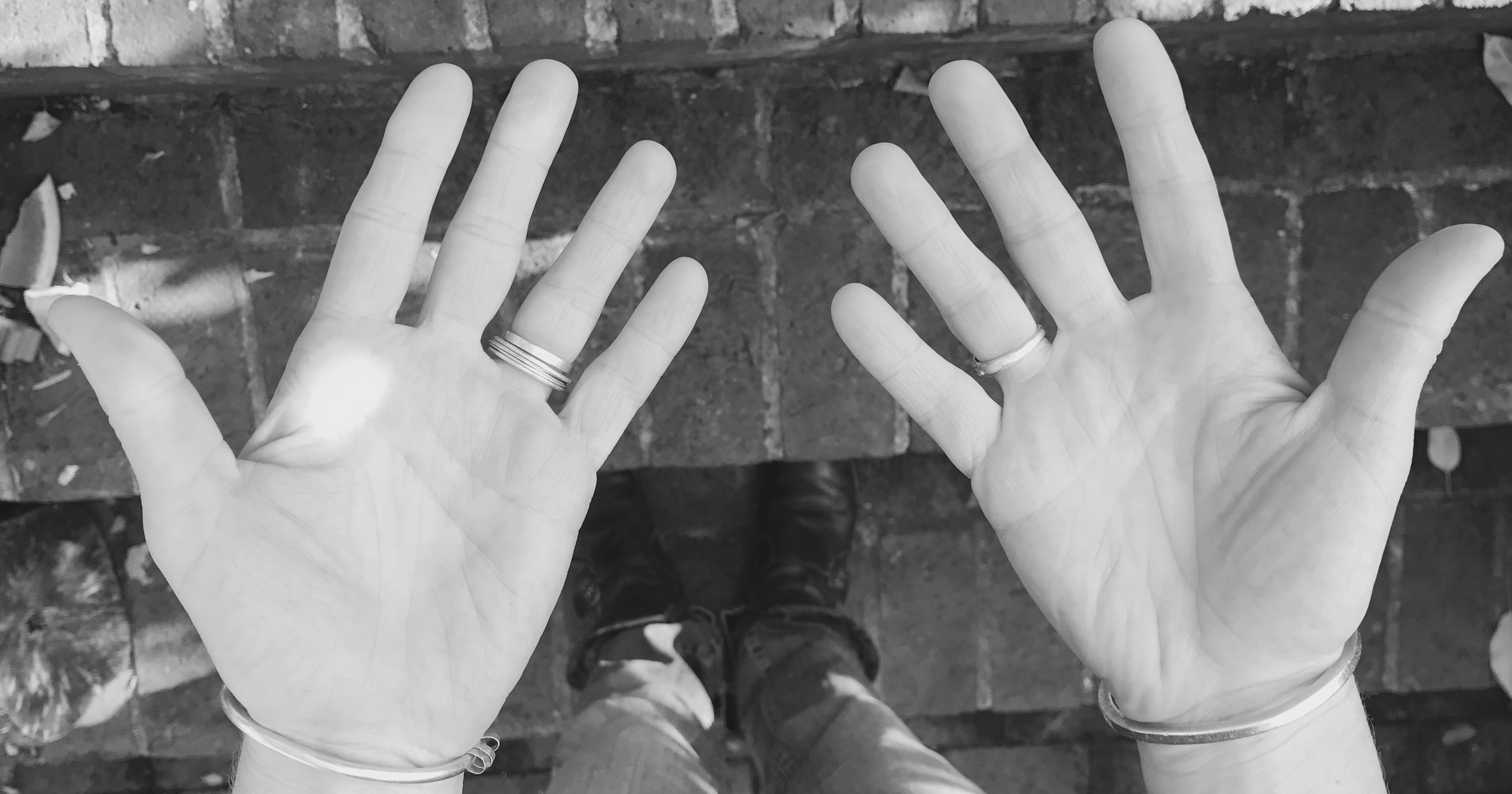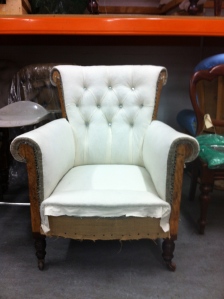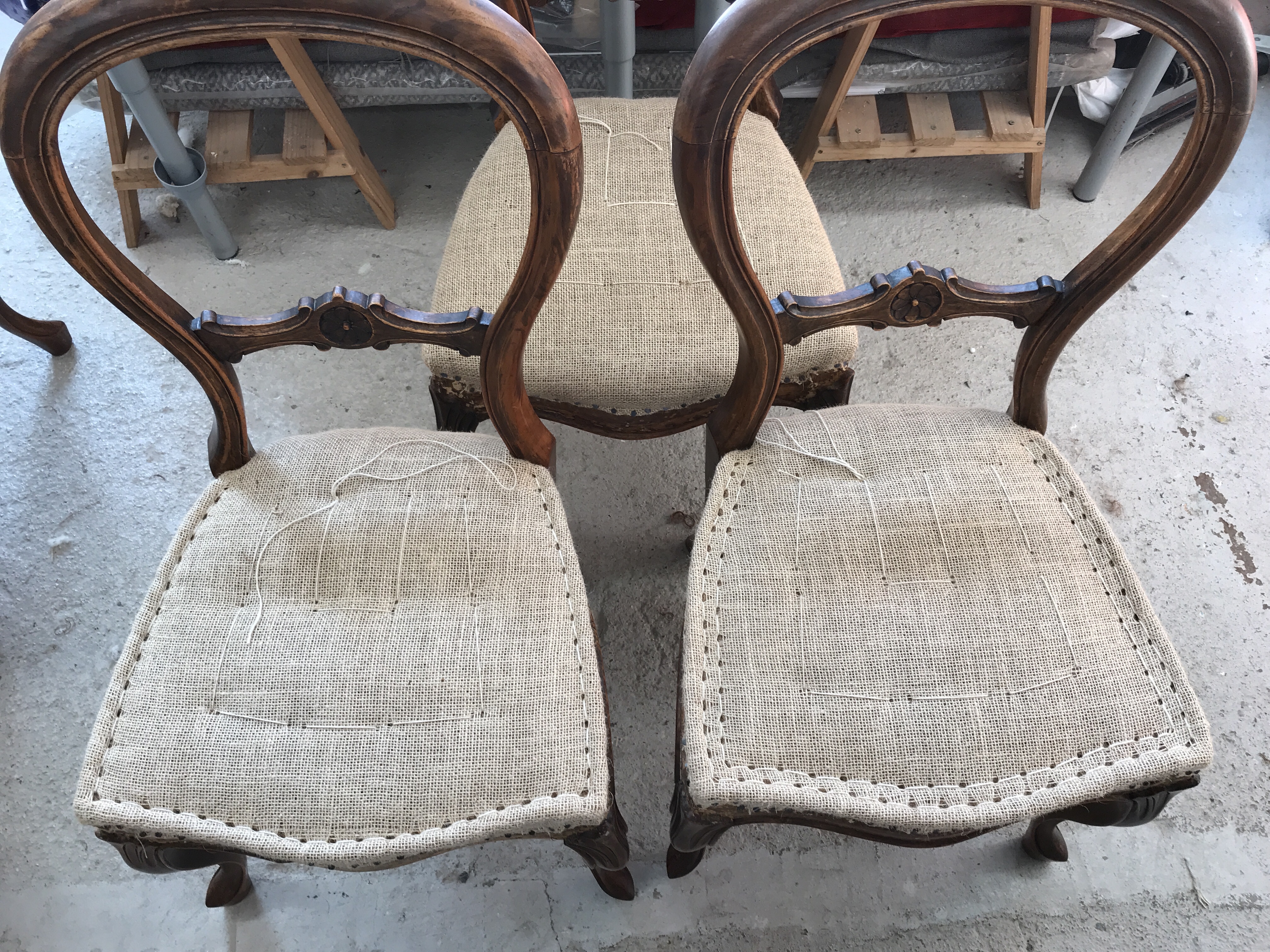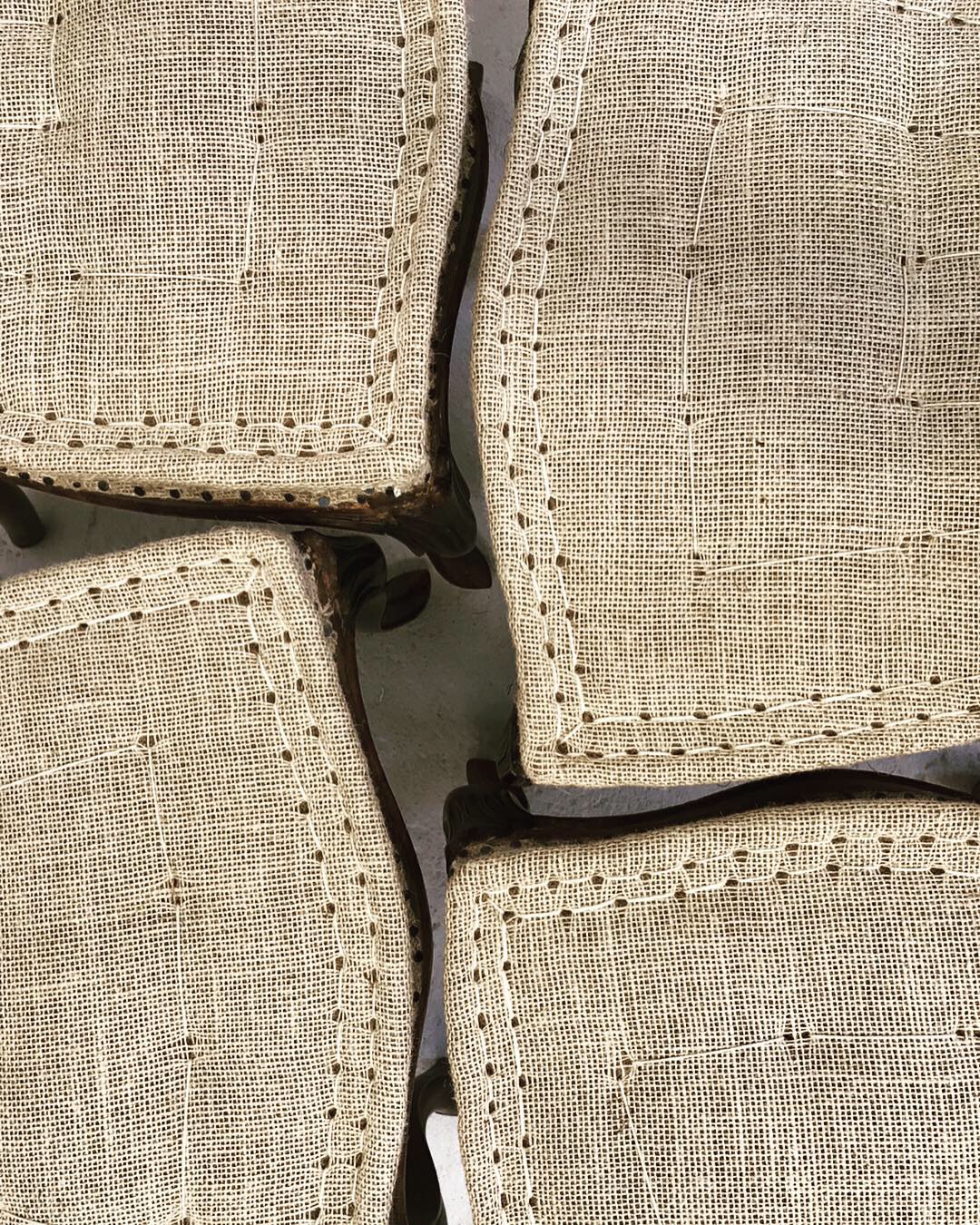Beneath the surface
Posted on
Traditional upholstery is about so much more than the fabric that covers a chair. Underneath the surface there is layer upon layer of work to create, build and sustain the shape of the chair. All achieved mainly using these and a few simple tools... I know, I'd never make a hand model!

People are often surprised by the cost of traditional upholstery, so I thought it would be worth showing quite how much work goes into it...
The Arms
There are over 10 stages to build traditional arms - even more if they are sprung! Here are just a few...






The Back
This is going to be a buttoned back - which is why the edges are being built up first to create a well for the buttons... Rest in peace Princess Leia.





The Seat
And at least another 15 stages to build a sprung, stitched and stuffed seat. This one has an independent sprung edge for extra comfort…






And here it is, hand built and stitched - before its top cover. I often wish I could leave them in their underwear like this...

So why bother?
So why bother with all that palaver, when you can just use foam and get the job done much more quickly? Here's why...
Sustainability The materials used in this chair are all natural and biodegradable, apart from the metal springs and they can be recycled. Foam is an oil-based product and will sit in land fill for hundreds of years.
Longevity A chair built with traditional materials and methods will last a long, long time, literally decades beyond the life of a modern piece of furniture made with foam.
Tradition This is how these antique chairs would have been upholstered over 100 years ago. To retain the integrity and authenticity of an antique piece of furniture its important to use methods and materials in keeping with its origins.
Celebrate and keep British craft alive! These skills will die out if we don't keep using, sharing and teaching them...











